You walk into your local grocery store with the best intentions—stocking up on family favorites, grabbing a quick lunch, maybe even treating yourself to a nostalgic snack from childhood. But what if the products you’re tossing into your cart came with hidden risks that other countries won’t even allow on their shelves?
In the U.S., many everyday food items contain additives that are outright banned or tightly restricted across Europe, Asia, and even parts of South America. We’re talking about vivid food dyes, chemical preservatives, dough conditioners, and flavor stabilizers—some of which have been linked to everything from behavioral issues in children to cancer, fertility problems, and organ damage.
And the most alarming part? These ingredients are lurking in foods marketed to kids, in so-called “healthy” options, and in pantry staples most of us eat without a second thought.
Why the global discrepancy? While the U.S. FDA permits many of these additives under the assumption they’re “generally recognized as safe,” other nations have taken a more cautious approach. As a result, U.S. food manufacturers often reformulate their products for overseas markets, using safer, natural alternatives—yet continue selling the original versions domestically.
This article breaks down 10 common items you’ve probably eaten recently—think microwave popcorn, mac and cheese, and even your morning cereal—that contain ingredients banned elsewhere. But it’s not all doom and gloom. We’ll also show you how to spot cleaner options, understand food labels, and make safer swaps for your favorite foods.
Before your next grocery run, take a moment to find out what’s really inside your pantry—and why some ingredients aren’t as harmless as they seem. Your health (and your grocery cart) will thank you.
1. Colorful Breakfast Cereals
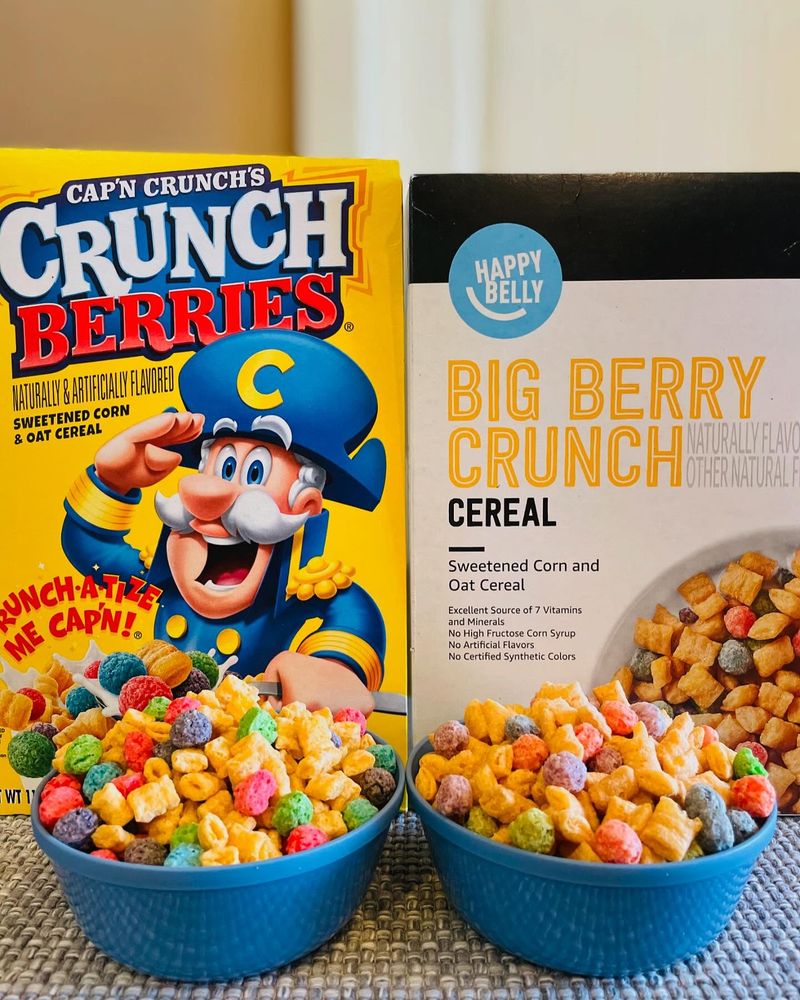
Those vibrant, rainbow-colored cereals your kids love? They often contain artificial food dyes like Red 40, Yellow 5, and Blue 1 that are banned or require warning labels in European countries. These petroleum-based colorings have been linked to hyperactivity and attention problems in children.
Many manufacturers have reformulated their products for European markets using natural colorings from fruits and vegetables, but continue using the cheaper artificial versions in America. The bright colors serve no nutritional purpose – they just make the cereal look more appealing.
Look for cereals colored with natural ingredients like turmeric, beet juice, or annatto instead.
2. Soft Drinks With Brominated Vegetable Oil
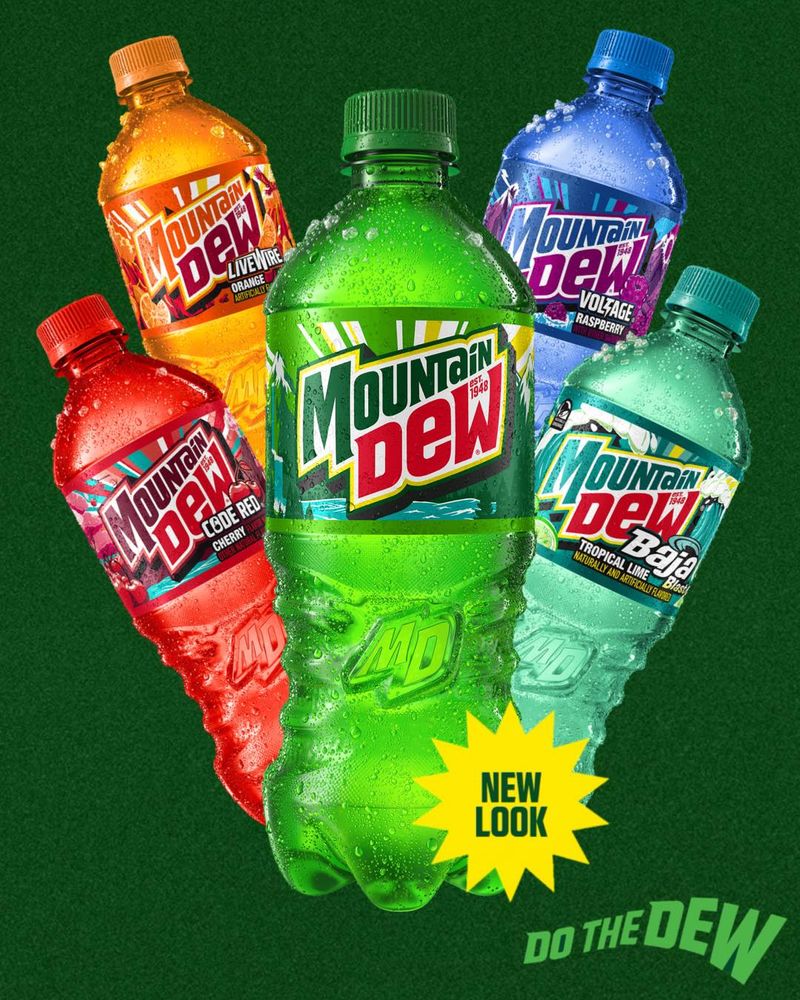
Mountain Dew and other citrus-flavored sodas often contain brominated vegetable oil (BVO), a flame retardant chemical banned in Europe and Japan. BVO helps keep the citrus flavoring from separating from the rest of the drink, but it’s not exactly something you’d want in your body.
Research shows BVO can build up in human tissue and breast milk, potentially causing memory loss and skin problems. After consumer pressure, some major brands have begun phasing it out, but many still contain it.
Check ingredient labels carefully – your citrus soda might be hiding this concerning additive.
3. Bread With Potassium Bromate
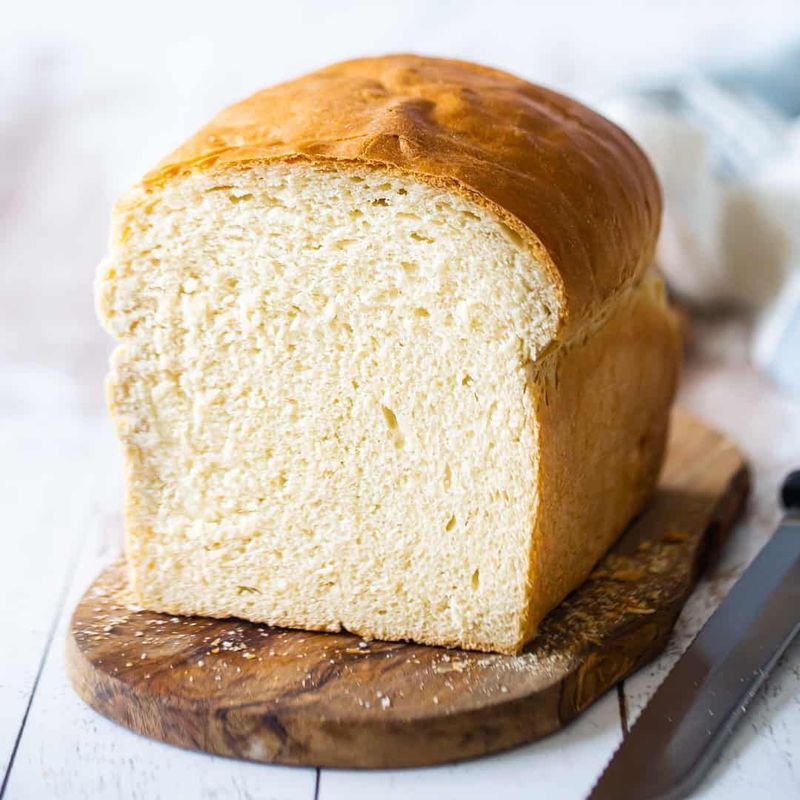
That fluffy white bread might seem harmless, but many commercial bakeries use potassium bromate to strengthen dough and help it rise higher. This additive is banned in the European Union, China, Canada, Brazil, and elsewhere because it’s potentially carcinogenic.
The FDA still permits its use in the US, expecting it to break down during baking – but studies show harmful residues often remain. California requires warning labels on products containing this chemical.
Choose breads labeled “bromate-free” or buy from bakeries that avoid this unnecessary additive. Organic breads are also guaranteed to be bromate-free.
4. Microwave Popcorn Bags
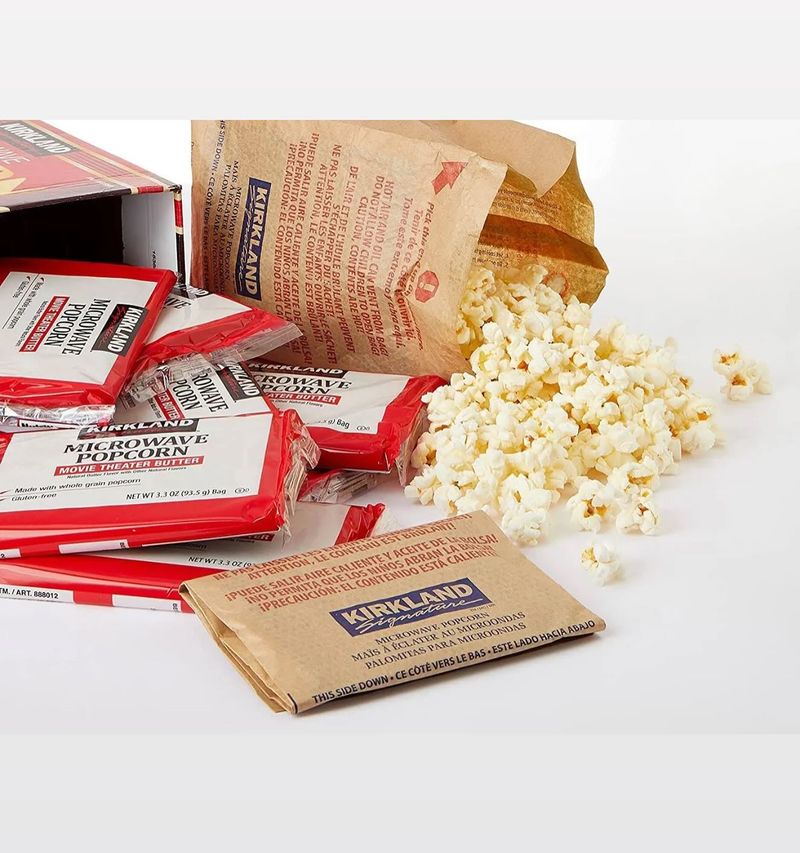
Movie night’s favorite snack hides a dangerous secret in its convenient packaging. Many microwave popcorn bags are lined with PFAS (per- and polyfluoroalkyl substances), chemicals that prevent grease from soaking through the paper. These “forever chemicals” are banned in food contact materials in several European countries.
PFAS have been linked to cancer, thyroid disease, immune system damage, and reduced fertility. The chemicals can migrate from the bag into your popcorn during the high-heat popping process.
Make popcorn the old-fashioned way using loose kernels in a pot or air popper to avoid these harmful substances.
5. Chicken Treated With Chlorine
American poultry processors commonly use chlorine washes to kill bacteria on chicken meat – a practice banned throughout the European Union. This chemical bath allows for faster processing speeds and compensates for less sanitary conditions in some facilities.
The EU banned this practice not because the chlorine itself is necessarily harmful, but because it can mask poor hygiene practices throughout the production chain. Critics worry it allows processors to cut corners on cleanliness earlier in production.
Look for organic or air-chilled chicken, which can’t be treated with chlorine washes and typically undergoes more careful processing.
6. Salmon With Artificial Coloring
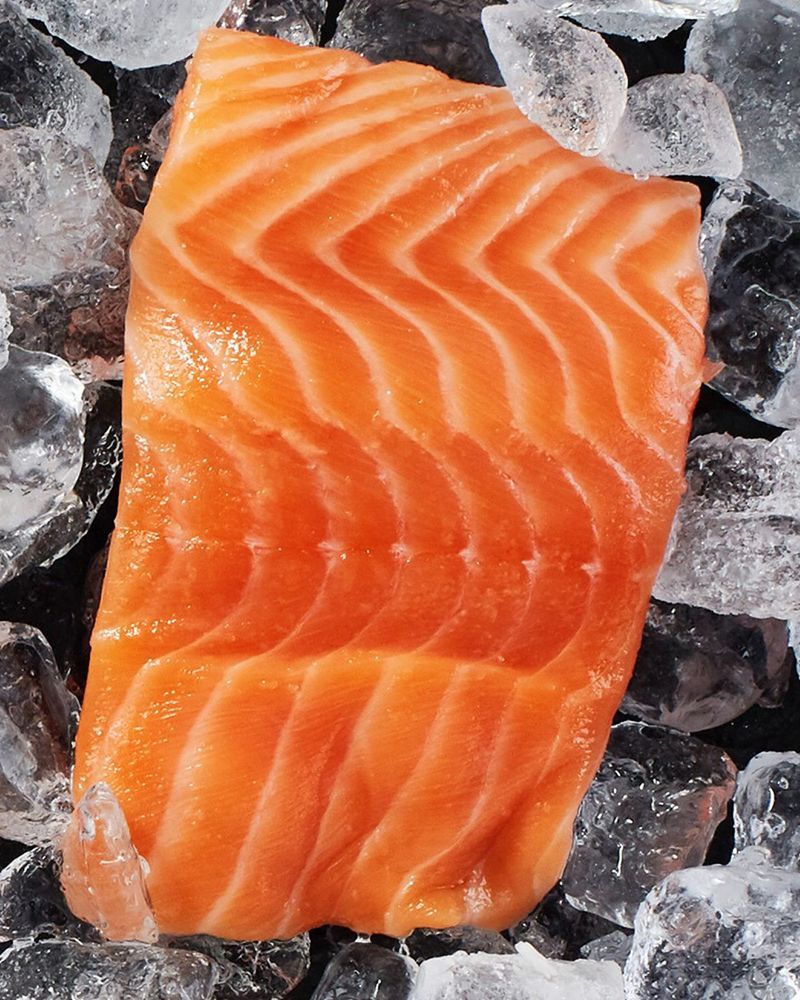
Farm-raised salmon naturally have grayish flesh, not the appetizing pink-orange color we expect. To fix this visual problem, many producers add synthetic astaxanthin to their feed – a man-made version of the natural pigment wild salmon get from eating krill.
This artificial coloring is banned in Australia and New Zealand, while the European Food Safety Authority has expressed concerns. Some studies suggest the synthetic version doesn’t have the same health benefits as natural astaxanthin and may have unknown long-term effects.
Wild-caught salmon or products specifically labeled with natural coloring are your safest options if you’re concerned.
7. Sports Drinks With BVO and Food Dyes
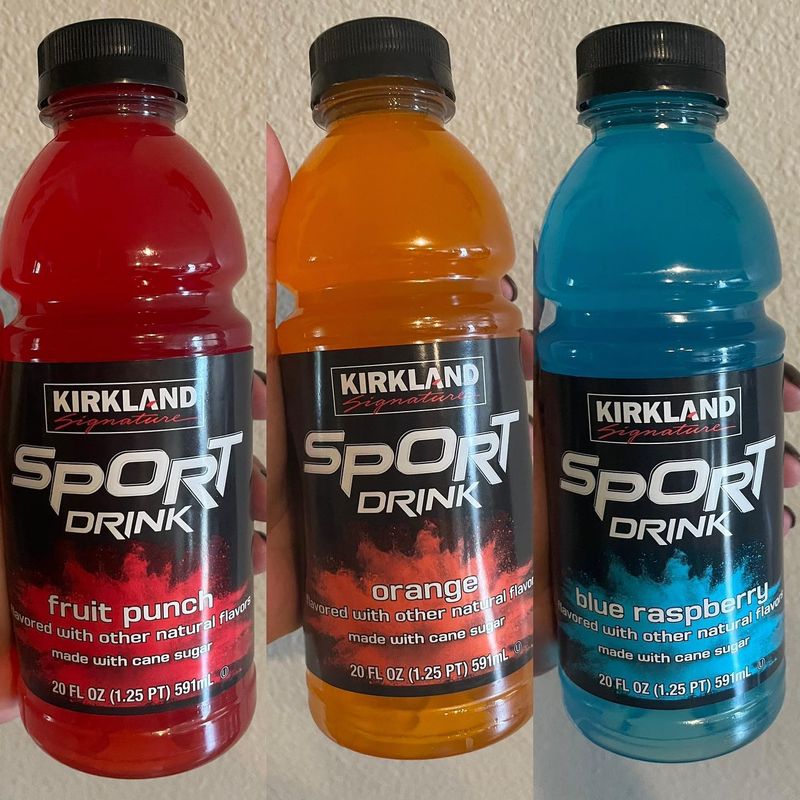
Athletes beware! Many popular sports drinks contain both brominated vegetable oil (BVO) and artificial food dyes that are restricted in other countries. The bright blue, orange, or red liquid promising to replenish your electrolytes might be delivering questionable chemicals too.
Beyond BVO’s potential health issues, artificial colors like Blue 1 have been linked to cancer in animal studies. Some European versions of these same drinks use natural colorings like beta-carotene or spirulina extract instead.
Try making your own electrolyte drink with water, a pinch of salt, a splash of fruit juice, and a teaspoon of honey for a cleaner alternative.
8. Macaroni and Cheese With Yellow Dyes
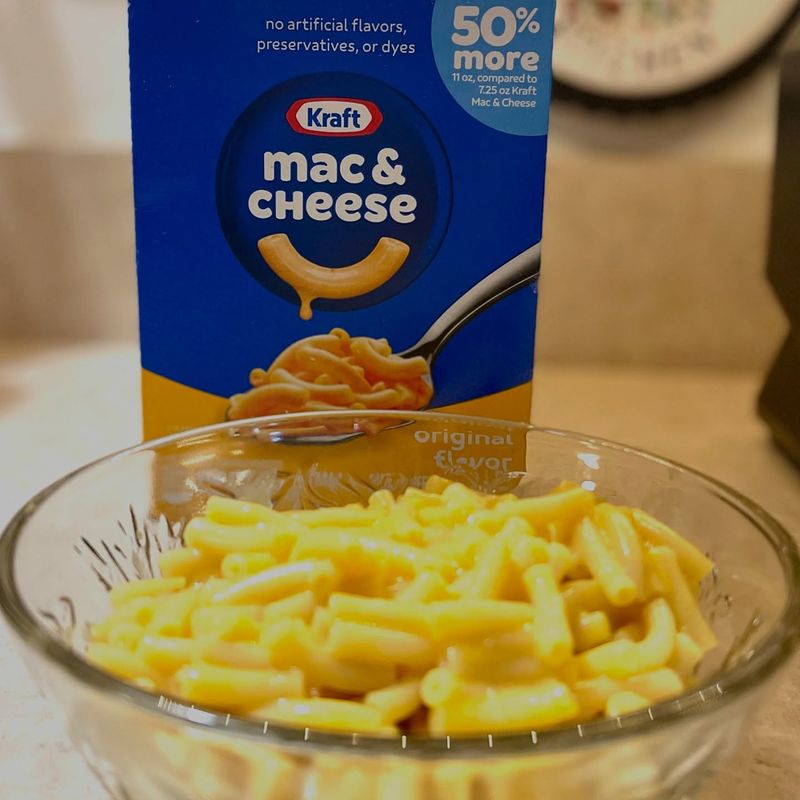
That neon-orange boxed mac and cheese is a childhood staple, but its bright color comes from Yellow 5 and Yellow 6 – artificial dyes linked to hyperactivity in children and banned in parts of Europe. Food manufacturers have reformulated their European versions to use natural colorings like paprika and beta-carotene.
Consumer advocacy groups have found these petroleum-based dyes in nearly all major mac and cheese brands in the US. Even more concerning, some studies have found these dyes may contain carcinogenic contaminants.
Several organic and natural brands now offer alternatives colored with annatto or turmeric that achieve a similar golden hue without synthetic chemicals.
9. Baked Goods With Azodicarbonamide
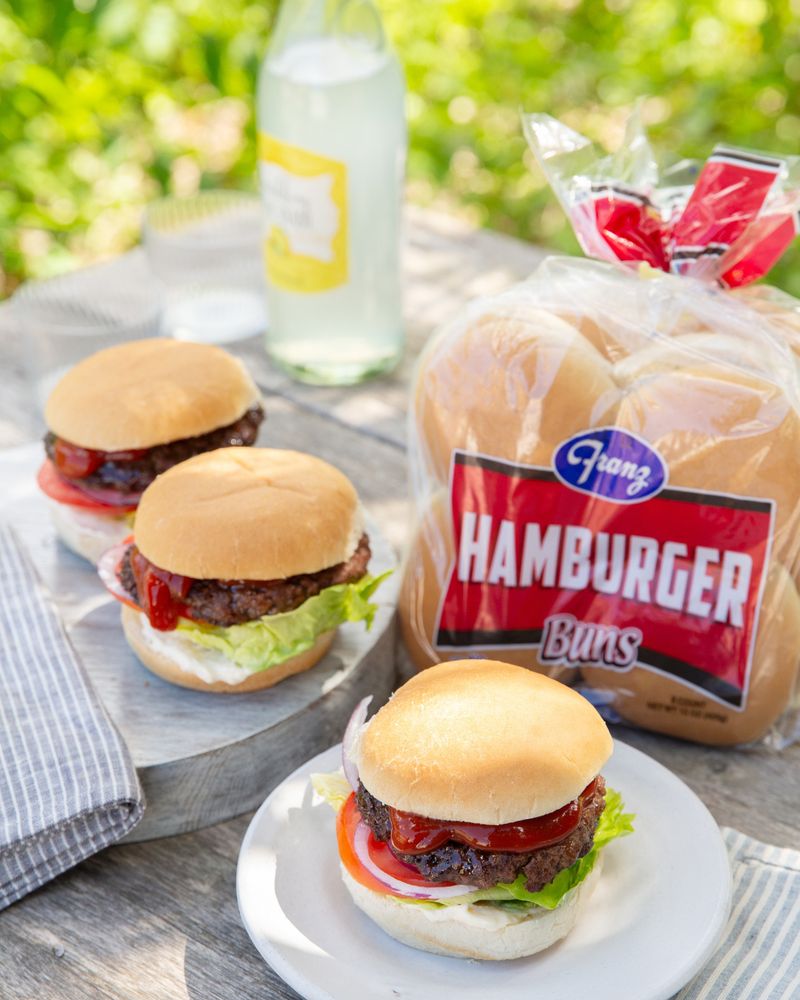
Found in many breads, hamburger buns, and pastries, azodicarbonamide (ADA) is a dough conditioner that also happens to be used in yoga mats and shoe rubber. This industrial chemical is banned in the European Union and Australia but remains common in American baked goods.
When baked, ADA breaks down into compounds including semicarbazide, which has shown to cause cancer in lab animals. The additive helps create uniform texture and whiteness in mass-produced breads.
Check ingredient lists carefully or buy fresh bread from local bakeries that typically avoid such industrial additives. Frozen bread doughs and pizza crusts often contain ADA too.
10. Processed Meats With Nitrates/Nitrites

Bacon, hot dogs, and deli meats typically contain sodium nitrite or sodium nitrate as preservatives. These chemicals give processed meats their pink color and prevent bacterial growth, but they can form potentially cancer-causing compounds called nitrosamines when heated.
Many European countries strictly limit these additives and require additional protective compounds like vitamin C to be added. The World Health Organization has classified processed meats as carcinogenic, partly due to these preservatives.
Look for uncured versions or products that use celery powder (which contains natural nitrates but may be no safer) if you’re concerned about these additives.
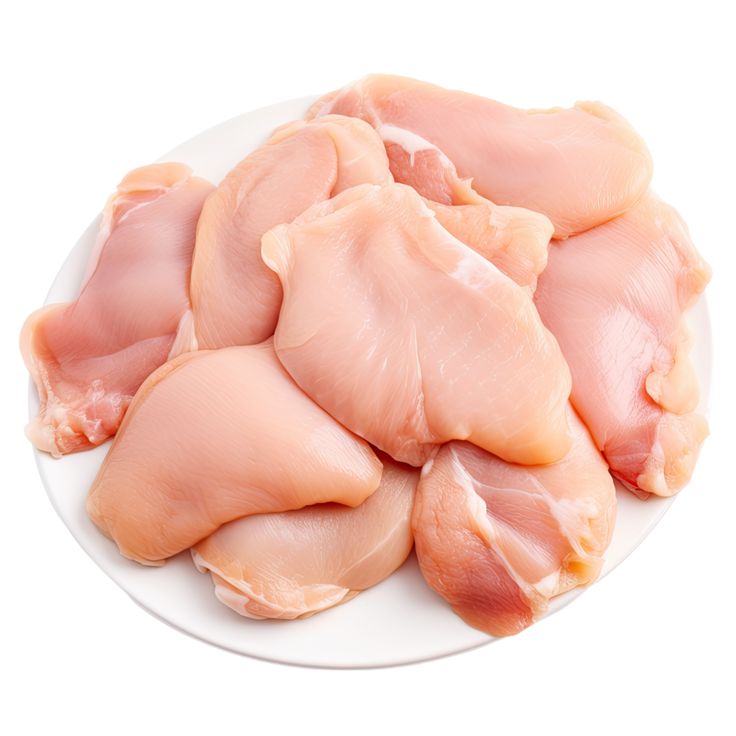
Leave a comment